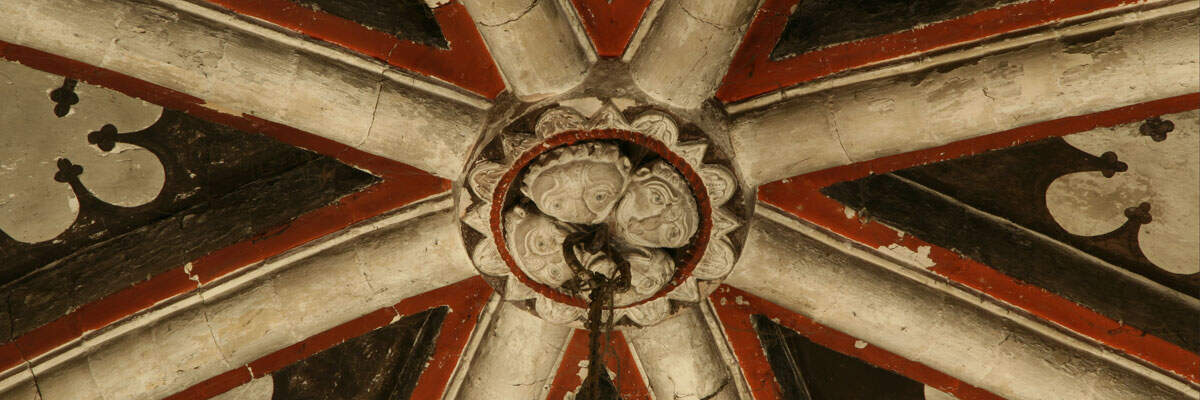Swinton is a small town north-east of Sheffield. The church is a large 19thc building surrounded by a churchyard and an open grassland, the Vicarage Field, to the north. Sculptural remains of the Romanesque chapel of St Mary Magdalene, which was formerly located on the site of the present church hall before being dismantled in 1815, were retained after the fire of 1897 and re-erected to the NE of the new church: they consist of jambs, capitals and voussoirs of the S doorway, and remains of the chancel arch. However, over the years their deterioration caused some of the carved stones to be moved in a storeroom in 1950, while uncarved stones were buried in the Vicarage Field.
Architect Edmund Isle Hubbard had produced plans for the enlargment of the E end before the fire. Some papers regarding the rebuilt chapel, the chapel yard and the new church (1817 CD.81) have been transferred to the Sheffield Diocesan Registry. Some watercolours of Swinton chapel before 1815 survive. An engraving of the doorway was published by James Storer (1817, vol. 6). The reconstructed arches appear on postcards of c.1900-1905.



